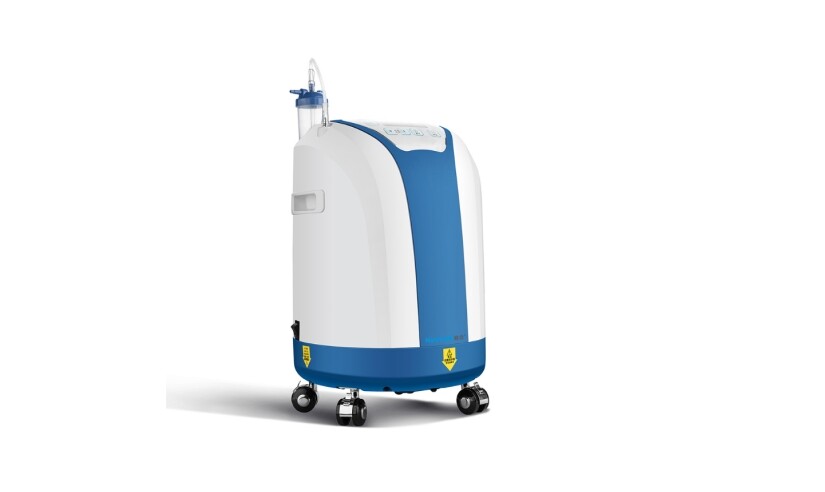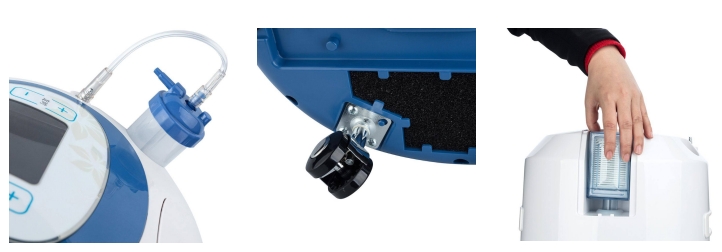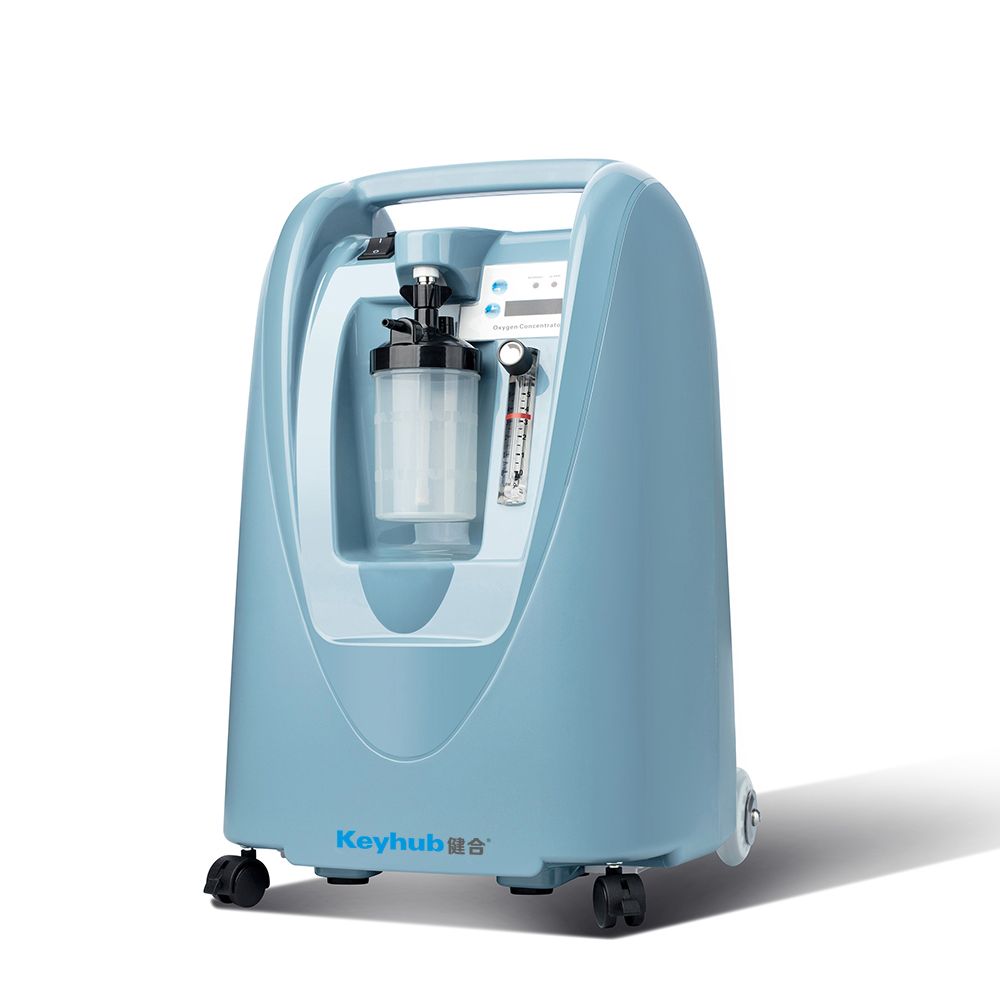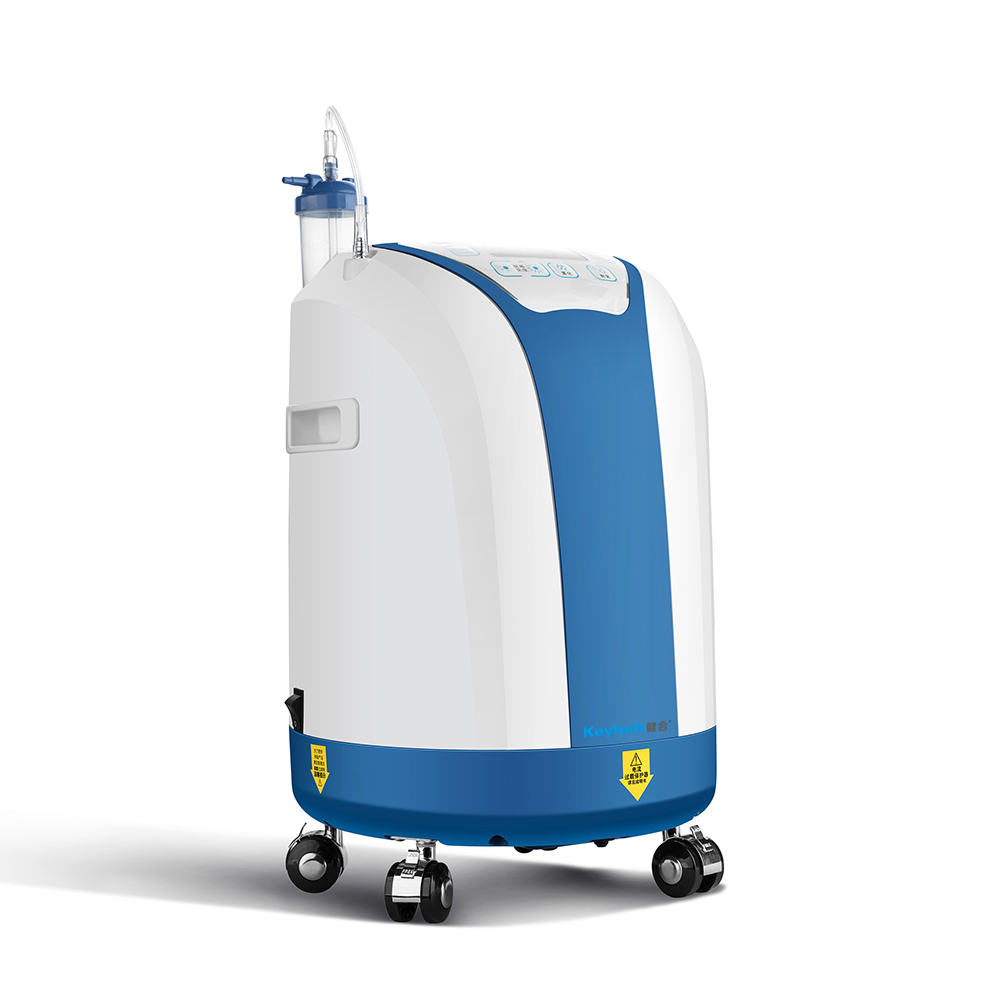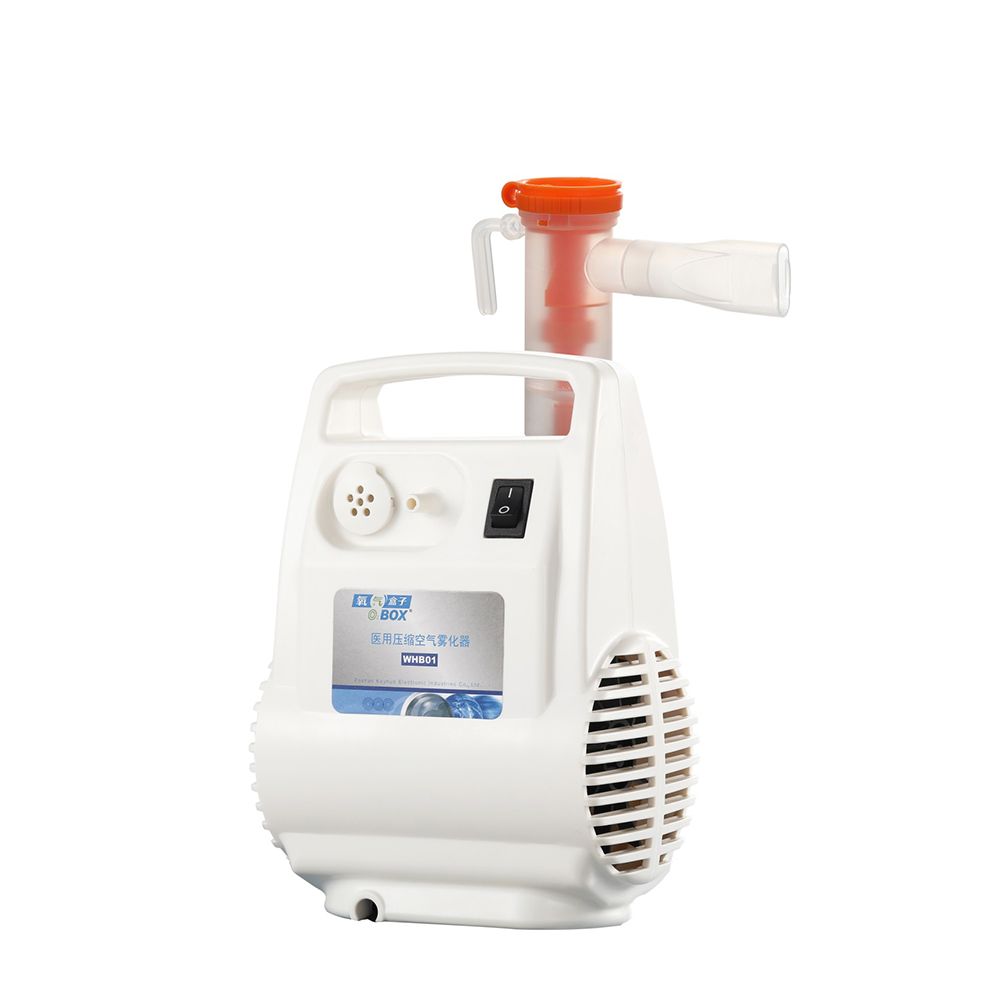Oxygen concentrators are crucial in providing respiratory support to individuals with medical conditions affecting their ability to breathe. These devices come in different types, with continuous flow and pulse dose delivery being two primary methods of oxygen delivery. Understanding the differences between these approaches is essential for both healthcare professionals and patients seeking optimal oxygen therapy.
Continuous Flow Oxygen Concentrators
Continuous-flow oxygen concentrators are designed to deliver a constant stream of oxygen to the user. It means that a continuous flow of oxygen is provided throughout the inhalation cycle, regardless of whether the user is actively breathing. These concentrators are often recommended for patients who require a steady oxygen supply, such as those with chronic obstructive pulmonary disease (COPD) or other respiratory conditions.
Advantages of Continuous Flow Oxygen Concentrators
Consistency: Continuous flow ensures a consistent and uninterrupted supply of oxygen, which is particularly beneficial for users who need a constant flow to maintain their blood oxygen levels.
Suitable for Resting and Active Periods: Continuous flow concentrators are suitable for both resting and active periods, making them versatile for various daily activities.
Simplicity: Users find continuous flow concentrators easy to use as there is no need to coordinate inhalation with the device's operation.
Pulse Dose Delivery Oxygen Concentrators
Pulse dose delivery, also known as demand-flow or on-demand delivery, operates differently than continuous flow. These concentrators detect the user's breath and deliver a pulse of oxygen during the inhalation phase. This method is more dynamic and responsive to the user's breathing patterns.
Advantages of Pulse Dose Delivery Oxygen Concentrators
Oxygen Conservation: Pulse dose delivery is more efficient in conserving oxygen because it only releases oxygen during inhalation, reducing waste and extending the life of the oxygen concentrator.
Portability: Pulse dose concentrators are often more compact and lightweight, making them suitable for active users and on the go.
Battery Life: The intermittent nature of pulse dose delivery contributes to extended battery life, making these concentrators more practical for travel or use in areas with limited power sources.
How does continuous flow work in oxygen concentrators?
Continuous flow oxygen concentrators deliver a constant stream of oxygen to the user, regardless of their breathing pattern. The flow is consistent throughout the inhalation cycle.
Is continuous flow suitable for all users?
Continuous flow is often recommended for patients who require a steady and uninterrupted oxygen supply, such as those with chronic obstructive pulmonary disease (COPD) or other respiratory conditions.
What are the advantages of continuous flow concentrators?
Continuous flow provides consistency in oxygen delivery, making it suitable for users who need a constant flow to maintain their blood oxygen levels. It is versatile for both resting and active periods and is easy to use.
How does pulse dose delivery differ from continuous flow?
Pulse dose delivery concentrates on delivering a pulse of oxygen during the user's inhalation phase, making it more dynamic and responsive to breathing patterns.
Why is pulse dose delivery considered more efficient in oxygen conservation?
Pulse dose delivery conserves oxygen by releasing it only during inhalation, reducing waste and extending the life of the oxygen concentrator.
Are pulse dose concentrators suitable for travel?
Yes, pulse dose concentrators are often more compact and lightweight, making them ideal for active users and travel. Their extended battery life adds to their practicality in areas with limited power sources.
How does the choice between continuous flow and pulse dose depend on an individual's medical needs?
Healthcare professionals assess a patient's oxygen requirements, activity levels, and daily routines to recommend the most suitable device. Continuous flow may be preferable for those needing a constant supply, while pulse doses may be suitable for more active individuals.
How can individuals choose the right oxygen concentrator for their needs?
Individuals should consult with healthcare professionals who will assess their medical conditions, activity levels, and preferences to recommend the most suitable device – whether continuous flow or pulse dose delivery.
Choosing the Right Oxygen Concentrator
The choice between continuous flow and pulse dose delivery depends on the individual's specific medical needs and lifestyle. Healthcare professionals work closely with patients to assess their oxygen requirements, activity levels, and daily routines before recommending the most suitable device.
In conclusion, both continuous flow and pulse dose delivery oxygen concentrators serve the vital purpose of delivering oxygen therapy to those in need. The key lies in selecting the appropriate device based on individual medical conditions, activity levels, and preferences, ensuring that users receive effective and comfortable respiratory support.


